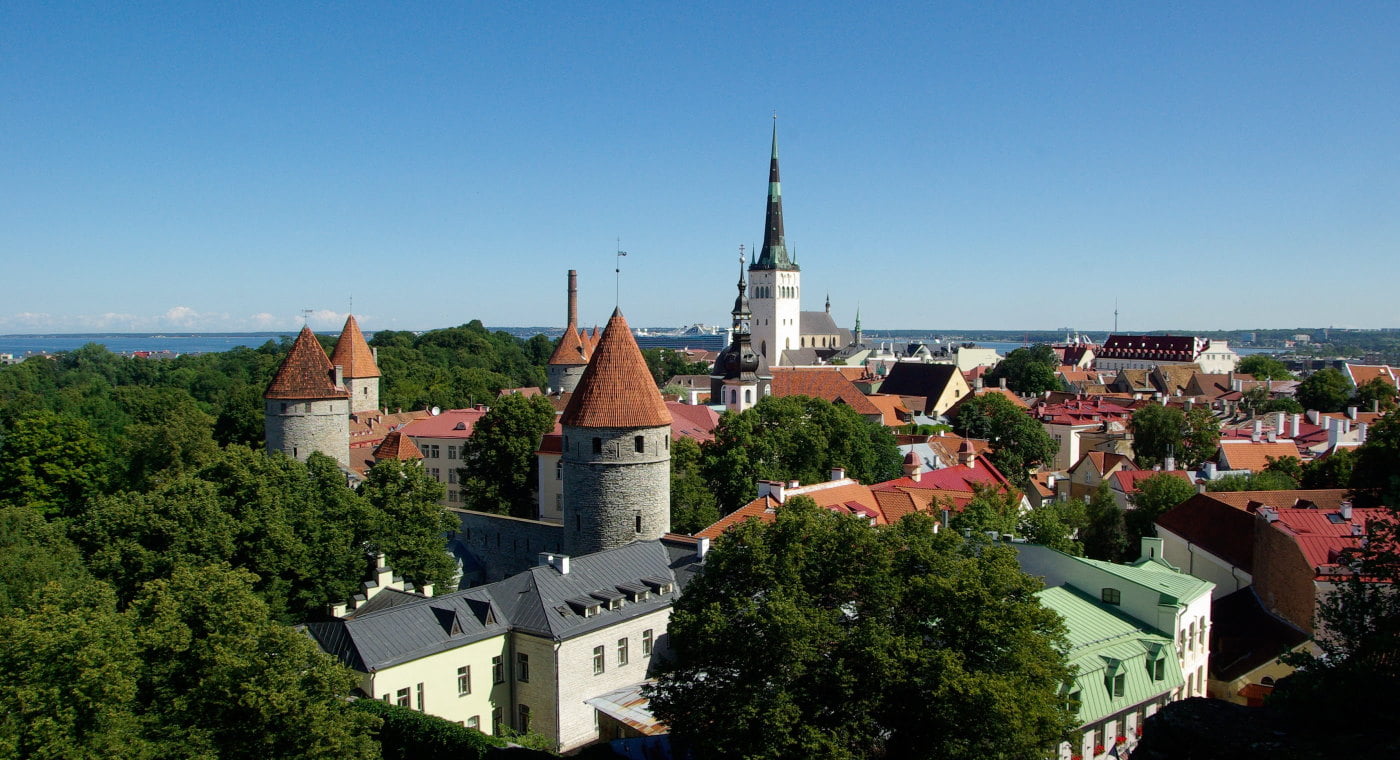The European Environment Agency has recently launched a new online tool for viewing city air quality. It allows you to check the air quality over the last two years for 323 cities and towns across Europe that have a population over 50,000 and that have an air pollution measuring station.
According to the index, air quality is ranked from cleanest to most polluted based on the average levels of fine particulate matter, also known as PM2.5.
According to the current ranking, the top three cleanest urban areas in Europe in terms of air quality over the last two years are Umeå in Sweden, Tampere in Finland and Funchal in Portugal, while the three most polluted are Nowy Sacz in Poland, Cremona in Italy and Slavonski Brod in Croatia.
Out of the listed 323 cities and towns, the air quality in 127 of them has been categorised as good, meaning it falls below the health-based guideline for long-term exposure to PM2.5 of 10 micrograms per cubic meter of air (10 μg/m3), which is set out by the World Health Organisation.
Estonia is faring better than most of the EU with its three largest cities all making it into the top then. Tallinn is listed as fourth (4.4 μg/m3), Narva seventh (4.8 μg/m3) and Tartu tenth (5.1 μg/m3).
Latvia and Lithuania don’t score anywhere near as well on the index, each country has one city listed on the index and they are both ranked as moderate.
Riga is down in 196th place with 12.13 μg/m3, while Vilnius does only slightly better, coming in at 174th with 11.12 μg/m3.
Still they are doing much better than Poland, their neighbour to the south, where two thirds of the monitored cities are classified as poor or very poor, including the place with the worst reported air quality, Nowy Sacz with 27.31 μg/m3.
It’s tricky to judge the neighbours to the east, Russia, Belarus, and Ukraine are not included on the index as it only covers EU states.
Tallinn's place near the top of the table is a big improvement for a city that has not been always been synonymous with clear air, and the level of air pollution in the area has been dramatically reduced over the last few decades.
"Tallinn used to have much more industry years ago. This change has also contributed to cleaner air. Those who remember the cellulose plant on Sossi Hill and the nearby meat processing plant and the smell that used to waft over the area," said Reet Pruul, chief specialist of outside air and radiation of the Ministry of the Environment.
Why air quality matters
There are a lot measurable metrics of air quality, but fine particulate matter is the air pollutant with the highest impact on health in terms of premature death and disease. Long-term exposure to PM2.5 causes cardiovascular and respiratory diseases.
While there has been a marked improvement in Europe’s air quality over the past decade, the European Environment Agency latest annual air quality assessment found that exposure to fine particulate matter still caused about 417,000 premature deaths in 41 European countries in 2018.
You can find the new index here on the European Environment Agency site, and you can also check out the most current real time data across Europe on the Air Quality Index.
